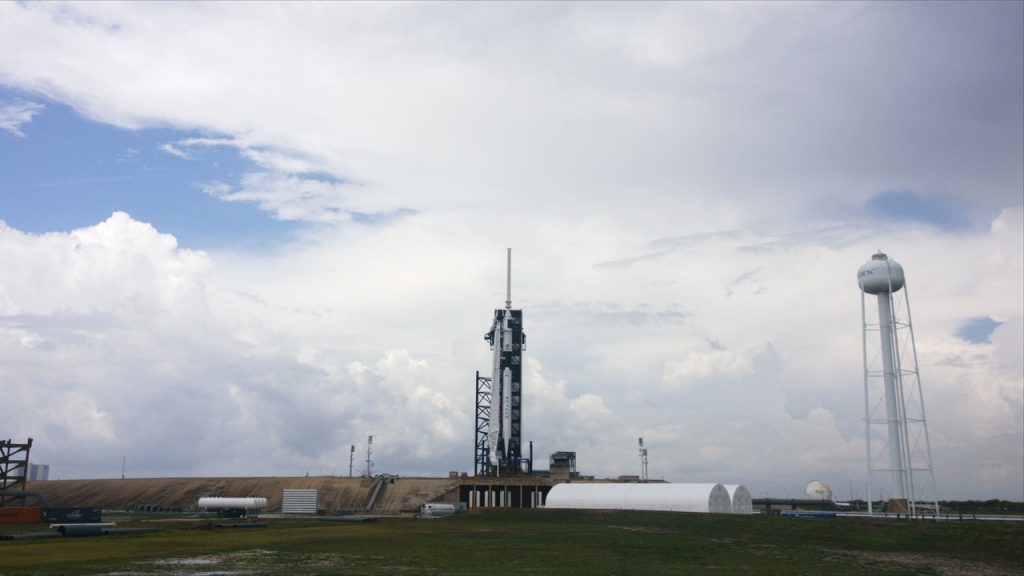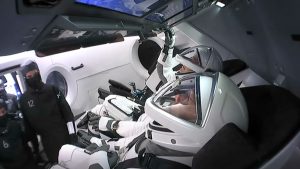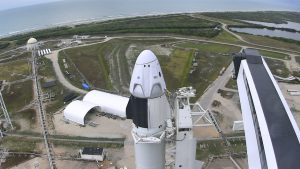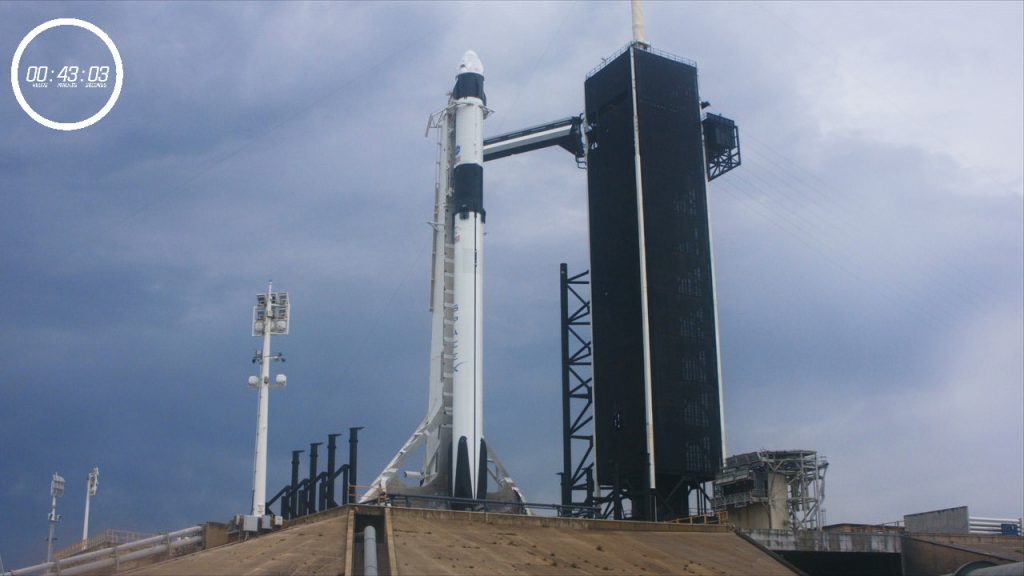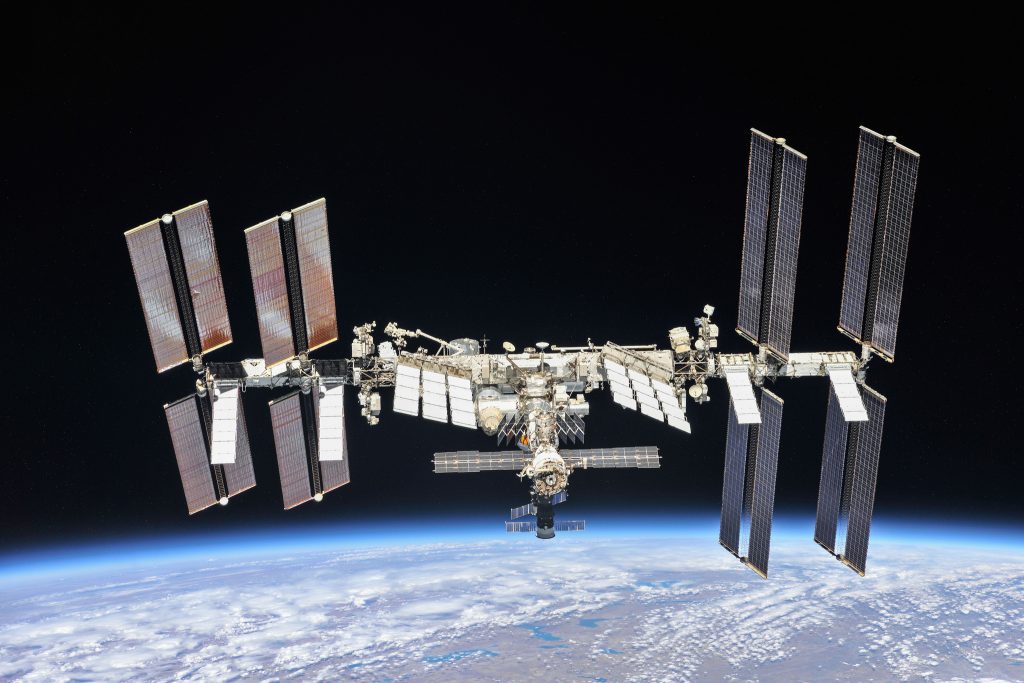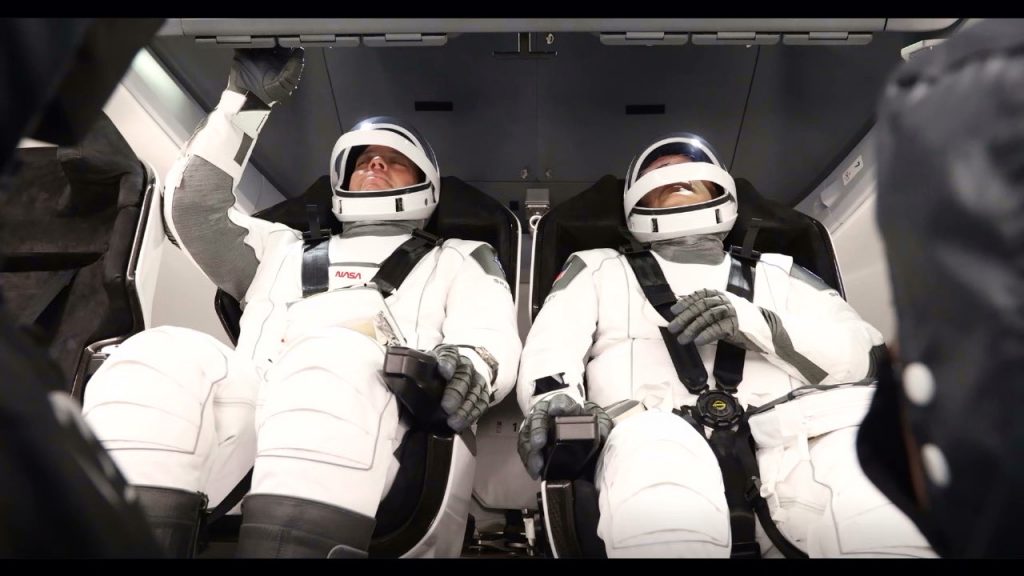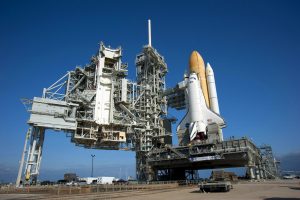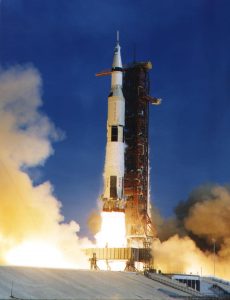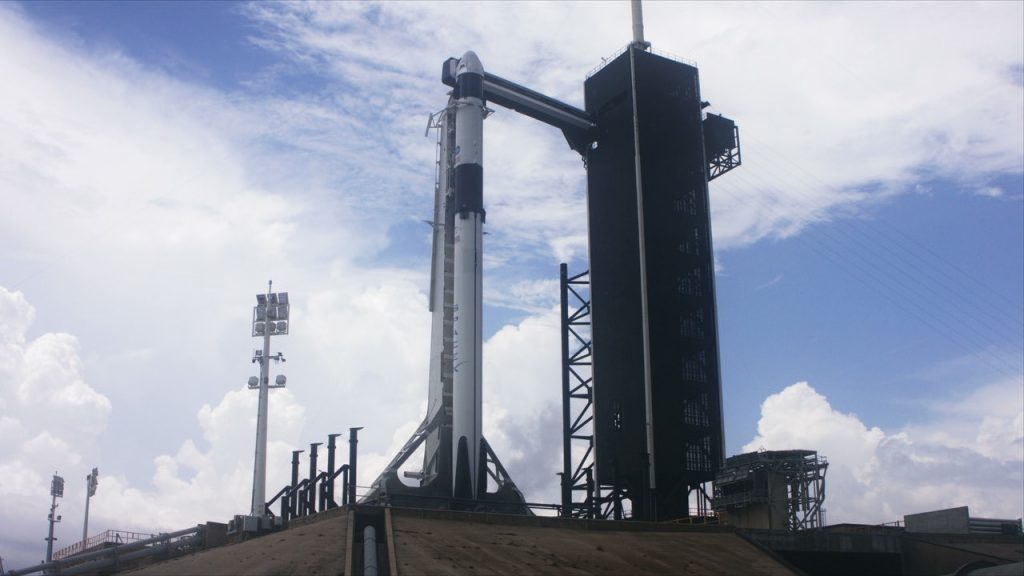
NASA and SpaceX now are targeting 3:22 p.m. EDT Saturday, May 30, for the launch of the first commercially built and operated American rocket and spacecraft carrying astronauts to the International Space Station. The first launch attempt, on May 27, was scrubbed due to unfavorable weather conditions. The Falcon 9 rocket, Crew Dragon spacecraft and Launch Complex 39A systems are all in good shape overnight from yesterday’s launch attempt.
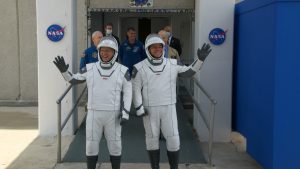
Launch coverage on Saturday, May 30, will begin at 11 a.m. on NASA Television, on the web at http://www.nasa.gov/live and here on the blog.
The SpaceX Crew Dragon spacecraft will launch on a SpaceX Falcon 9 rocket from historic Launch Complex 39A at NASA’s Kennedy Space Center in Florida, and is scheduled to dock to the space station at 10:29 a.m. Sunday, May 31.
The U.S. Air Force 45th Weather Squadron predicts a 40% chance of favorable weather conditions for NASA’s SpaceX Demo-2 launch. The primary weather concerns for launch are flight through precipitation, anvil and cumulus clouds.
FORECAST DETAILS
Clouds Coverage Bases (feet) Tops (feet)
Cumulus Scattered 3,000 12,000
Cirrostratus Broken 25,000 28,000
Weather/Visibility: Rain showers/7 miles
Temperature: 84 degrees
Live NASA coverage is as follows. All times are EDT:
Friday, May 29
- 10 a.m. – Administrator Countdown Clock Briefing (weather permitting)
- NASA Administrator Jim Bridenstine
- Kennedy Space Center Director Bob Cabana
- NASA astronaut Kjell Lindgren
- NASA astronaut Nicole Mann
Saturday, May 30
- 11 a.m. – NASA TV launch coverage begins (continues through docking)
- 3:22 p.m. – Liftoff
- 4:09 p.m. – Crew Dragon phase burn
- 4:55 p.m. – Far-field manual flight test
- TBD p.m. – Astronaut downlink event from Crew Dragon
- 6:30 p.m. – Postlaunch news conference at Kennedy
- Administrator Bridenstine
- Kathy Lueders, manager, NASA Commercial Crew Program
- SpaceX representative
- Kirk Shireman, manager, International Space Station Program
- NASA Chief Astronaut Pat Forrester
Mission operational coverage will continue on NASA TV’s Media Channel.
Sunday, May 31
- TBD a.m. – Astronaut downlink event from Crew Dragon
- 10:29 a.m. – Docking
- 12:45 p.m. – Hatch Open
- 1:05 p.m. – Welcome ceremony
- 3:15 p.m. – Post-arrival news conference at Johnson
- NASA Administrator Jim Bridenstine
- Johnson Space Center Director Mark Geyer
- NASA Chief Astronaut Pat Forrester
Mission operational coverage will continue on NASA TV’s Media Channel.
Monday, June 1
- 11:15 a.m. – Space Station crew news conference, with NASA astronauts Chris Cassidy, Bob Behnken, and Doug Hurley
- 12:55 p.m. – SpaceX employee event and Class of 2020 Mosaic presentation, with NASA astronauts Chris Cassidy, Bob Behnken, and Doug Hurley
This will be SpaceX’s final test flight for NASA’s Commercial Crew Program and will provide critical data on the performance of the Falcon 9 rocket, Crew Dragon spacecraft, and ground systems, as well as in-orbit, docking, and landing operations.
The test flight also will provide valuable data toward certification of SpaceX’s crew transportation system for regular flights carrying astronauts to and from the space station. SpaceX currently is readying the hardware for the first space station crew rotational mission, which would happen after data from this test flight is reviewed for certification.

